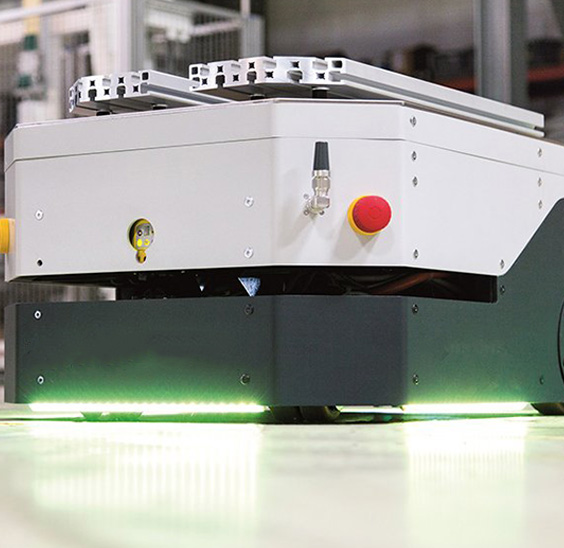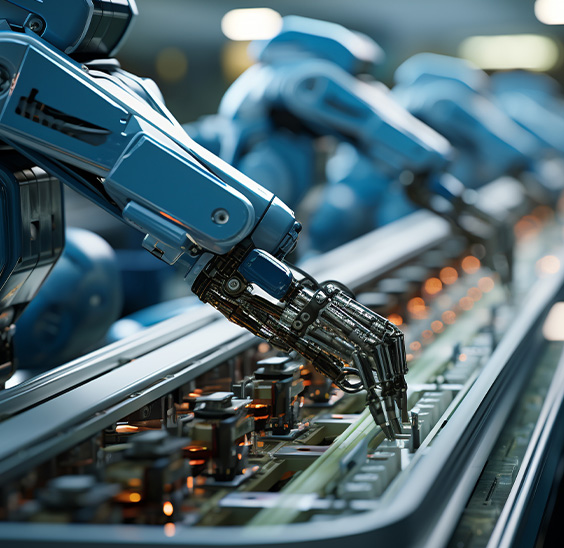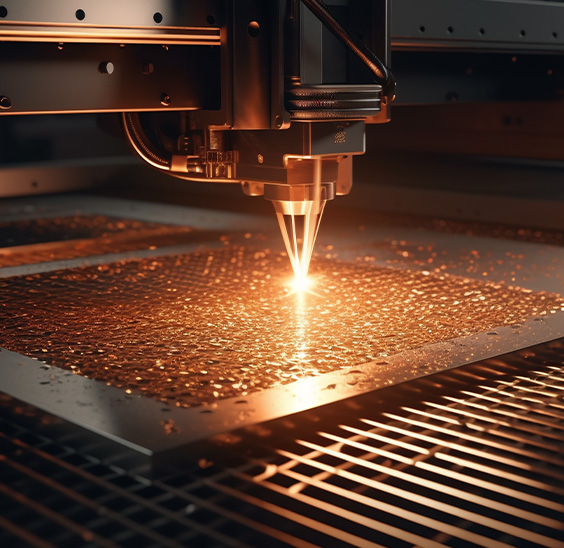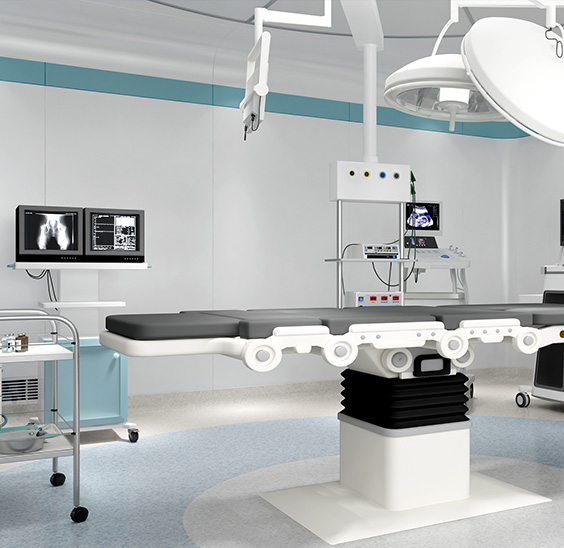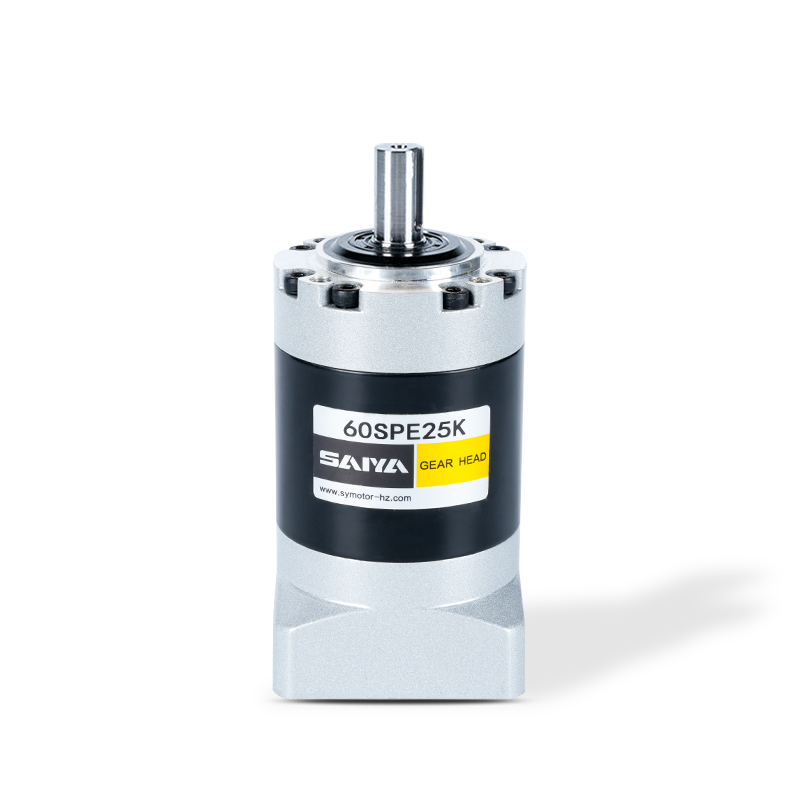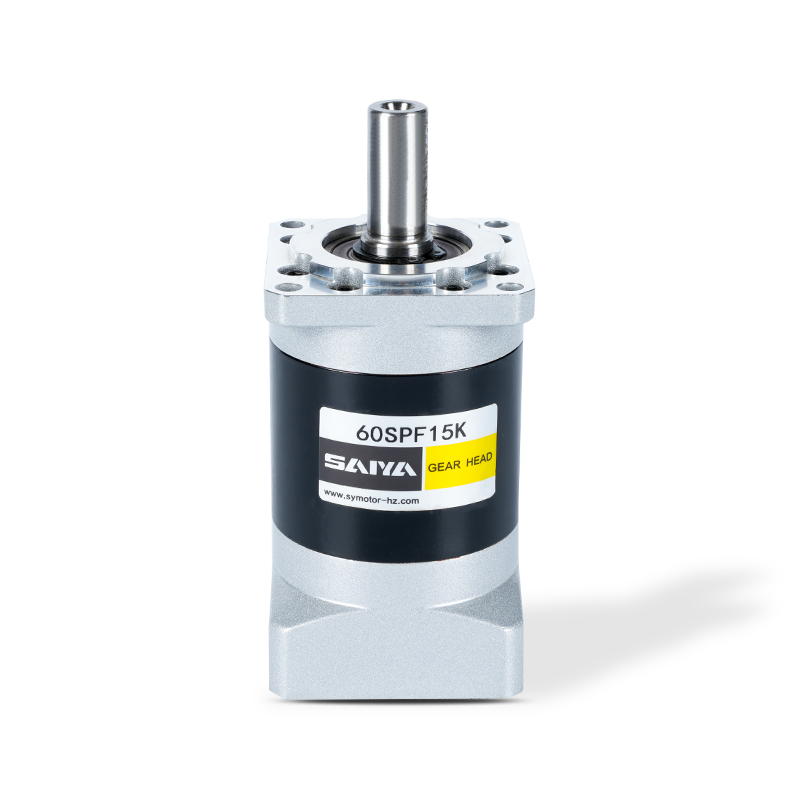Planetary gear motor: an innovative choice for efficient power transmission
In modern engineering technology, planetary gear motors are widely used in many fields due to their compact structure, efficient power transmission and superior performance. Whether in automation equipment, robotics, or electric vehicle drive systems, planetary gear motors play an indispensable role.
Planetary gear motors are composed of electric motors and planetary gear reducers. The basic principle is to convert the high-speed, low-torque output of the motor into low-speed, high-torque output through multi-stage reduction of the planetary gear system. The planetary gear system usually includes three parts: the sun gear, the planetary gear and the ring gear. The sun gear is driven by the motor, and the planetary gear rolls between the sun gear and the ring gear. The power transmission and reduction are achieved through the mutual meshing between different gears.
The uniqueness of the planetary gear is that its design uses multiple gears working coaxially, so that the entire system can withstand greater loads and effectively disperse torque. This design not only improves the transmission efficiency, but also makes the planetary gear motor relatively compact in size and has a higher output power.
One of the biggest advantages of the planetary gear motor is its efficient power transmission capability. Due to the particularity of the planetary gear design, multiple gears share the load, which can effectively reduce the wear of a single gear, thereby improving the efficiency of power transmission. Compared with traditional gear systems, planetary gear motors can achieve smaller volume and higher efficiency at the same power.
The planetary gear system adopts a centralized bearing layout, which makes the entire motor system more stable during the transmission process. Compared with other types of gear systems, planetary gears can provide higher torque output in a smaller space, which makes it an ideal choice in situations where compact design and high output torque are required.
Because the internal gears of the planetary gear motor share the load, the pressure of a single gear is reduced, so it works more smoothly, has less noise, and has a longer operating life. This structure makes the planetary gear motor particularly suitable for high-load, long-term operation scenarios.
Another outstanding feature of the planetary gear motor is that its reduction ratio can be flexibly adjusted according to demand. By changing the number and configuration of gears, the planetary gear motor can achieve different reduction ratios to meet different transmission requirements. This feature makes the planetary gear motor have greater adaptability in many fields.
The high efficiency and reliability of the planetary gear motor make it widely used in many industries.
In industrial automation, especially in the fields of robots, conveying systems, packaging equipment, etc., planetary gear motors are used to achieve precise motion control. Due to their high torque output and compact design, planetary gear motors can provide strong power in a limited space, meeting the high efficiency and high precision requirements of various automation systems.
With the rapid development of the electric vehicle and power tool market, planetary gear motors have become the core power source of these devices due to their high efficiency and long service life. In the drive system of electric vehicles, planetary gear motors can provide continuous and stable power output while effectively reducing energy loss and improving driving range.
In the aerospace field, planetary gear motors are widely used in servos, actuators and other precision control equipment. Its efficient and compact design makes it have irreplaceable advantages in environments that require precise control and long-term stable operation.
Wind turbines and solar systems also often use planetary gear motors in their transmission structures. Because planetary gear motors can maintain stable performance under heavy loads and high speeds, they can provide higher efficiency, reduce energy losses, and improve the performance of the overall system during energy conversion.


 EN
EN  English
English 中文简体
中文简体 русский
русский Español
Español
